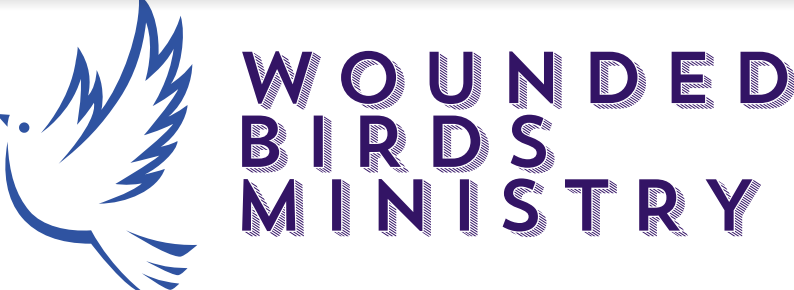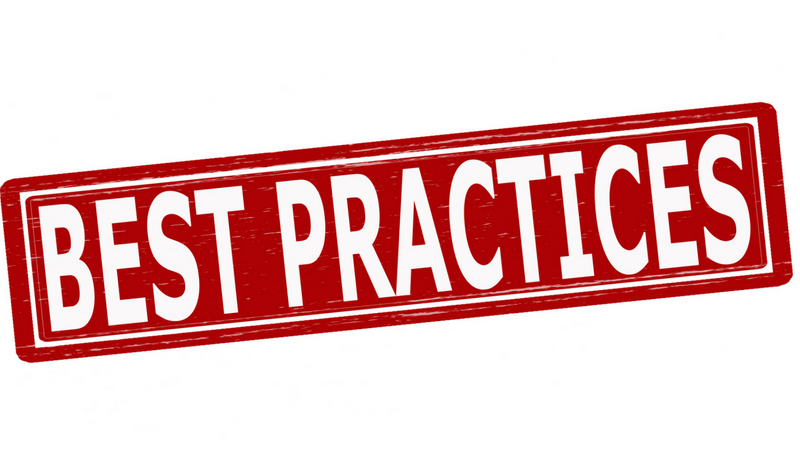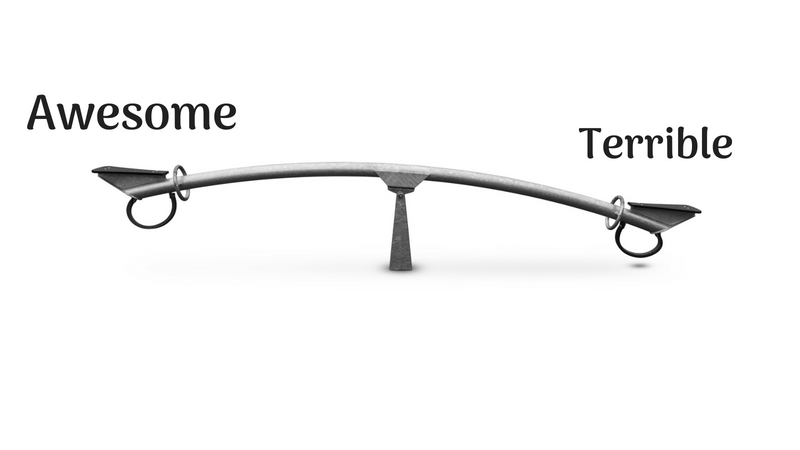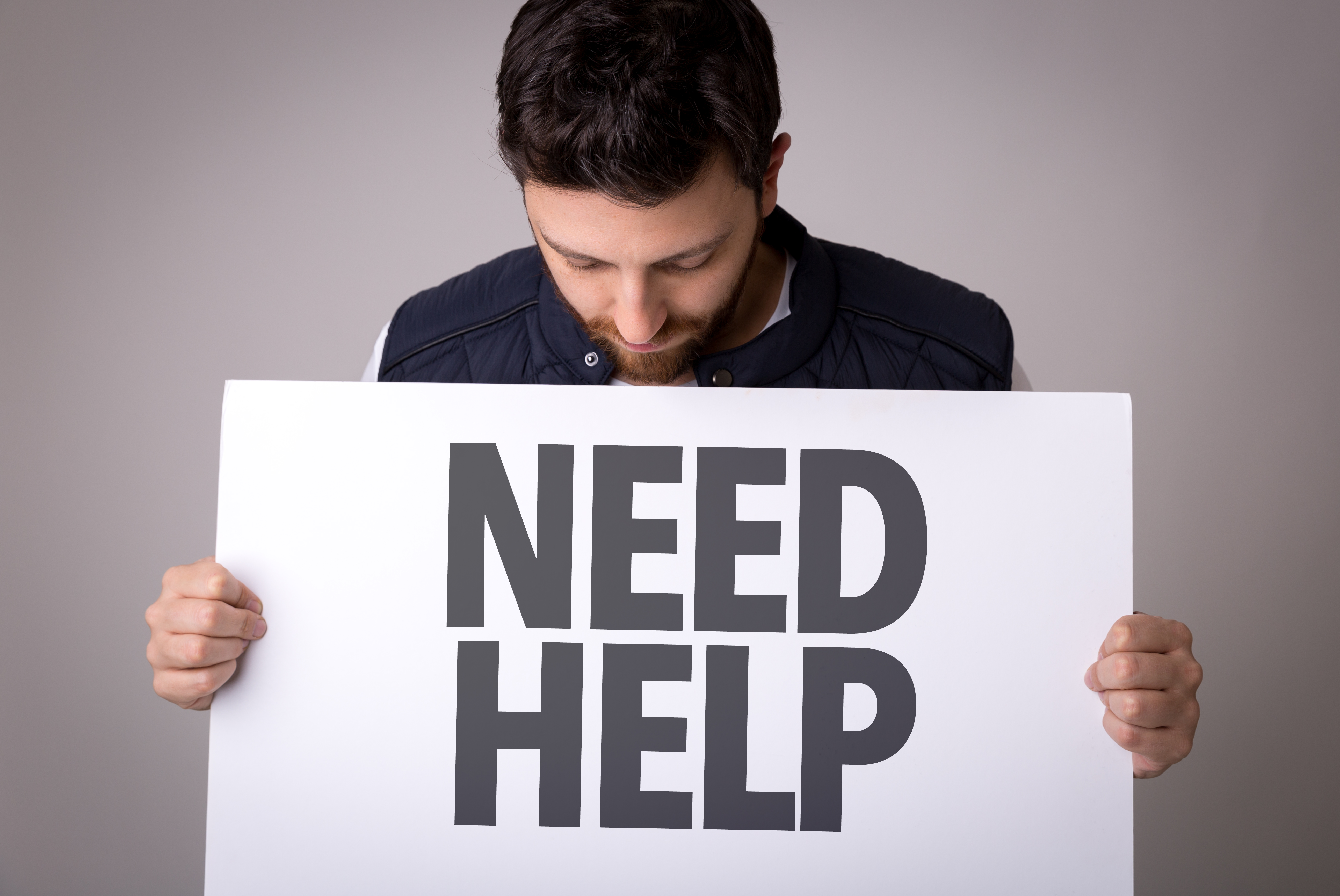When Best Practices Fail You
We live in a “best practices” culture, one in which every process or action can be boiled down into a cookie-cutter approach. We see this particularly in productivity forums and especially in the blogging world. “The best artists steal,” says one guru, while another encourages us to enroll in their patented, three-month course to success.
Best practices definitely have their place. After all, if someone has already figured out how to make a widget or manage a process, I can minimize my time, effort, and energy through a copy-and-paste exercise. It potentially smooths my road and makes life a little easier.
Except when it doesn’t.
Too often, we take these best practices as gospel-truth and then get frustrated when we don’t see the results we believe we were promised or expected. So what goes wrong?
The longer and the deeper I get into running Wounded Birds Ministry, I find interesting patterns in the people I work with. One of the more fascinating patterns is between those who get diagnosed and are doing better and those who struggle with the path back to mental health: the willingness to experiment and tailor their plans to who they are and where they are on their journeys.
The mental health community is (rightly) focused on using evidence-based practices to help people get better. Support groups, therapy, medication, educational groups, and more are all part of this broader approach to helping people heal and return to happy and fulfilling lives. The success stories are all over the place. I know; I’m one of them.
The caveat that gets missed along the way is the need to tailor our plans for who we are and where we are in our lives. Telling the busy executive that they need to make time to cook dinner every night so that they can eat better is not reasonable. Telling the single mom of an infant or toddler that she needs to make time for herself every day is also unreasonable. Is it good advice? I know most people would say, “Yes, this is great advice. After all, the evidence shows that these are key points to feeling better.” Yet, I would argue that, in these circumstances, it is terrible advice.
Why? Because it sets an expectation that they should be doing these things. Now, not only do they feel terrible to start with, we’ve also layered on additional guilt and shame over not doing what is necessary to feel better.
Best practices aren’t always best, and I see this message lived out in the Facebook group I run. While journaling is a best practice (and I’m a huge advocate of it), for many people it is impossible to do. One of the biggest objections is that someone might read it later or that staring at a blank page is overwhelming. These are legitimate responses to the experience. Even so, it doesn’t mean we can’t journal. I know people who record video journal entries. I know others who rip the pages out of their notebooks and throw them away after (and find catharsis in the act of throwing those messy pages away), and I know people who use writing prompts to help them get started. While the boilerplate version of journaling is sitting down and free-forming our thoughts and getting them out on paper, for some of us, we need to find a different approach to get the result we desire.
Here’s another example: I worked with a photographer once who is all artist. Administrative work and responding to emails is an incredible frustration for her. The best practice in her community is to set aside one day to just get that stuff knocked out. She dreaded that day every week; those were the days she struggled to make it to her studio. So, instead, we brainstormed having her only do 15 minutes of administrative work at a time, interspersing it in her day. She had to commit to being present and focused in those 15 minutes, but that was a smaller price for her to pay than spending a whole day on stuff she hated doing.
And it worked. She was able to respond to clients faster and even found that taking forced breaks from photo editing and other creative items helped her creativity.
It’s simply another example where the best practice wasn’t best.
This goes beyond our personal lives. One of the best practices for those of us “building tribes” or “building platforms” is to join as many groups as possible and become passionate, active advocates on a consistent basis. I belong to (no joke) over 110 groups on Facebook alone at this point. Keeping up with each of these and contributing meaningfully is impossible if I also want to keep writing and nurturing the people I work with. (To be candid, I knew I belonged to a lot of groups, but thought that number was closer to 50.) Instead, I focus primarily on about ten groups and then visit others as I have time, and I still feel stretched even with this.
One of the keys I’ve learned from watching my group flourish is that the most successful people are constantly tweaking their self-care plans. Sometimes, it’s because what they tried didn’t work. More often, it’s because they or their circumstances have changed, and they need their plan to evolve with them. As people share ideas and feedback on what works for them, others try those ideas out. I love it because I know that the more customized our plans are, the more likely we are to achieve that ever elusive goal of mental health: resilience.
What best practices are you using? Do they work for you or do you dread engaging in those activities? What tweaks can you make so that they are even more effective for you?
Looking for daily inspiration and community? Join our warm and supportive Facebook group!







